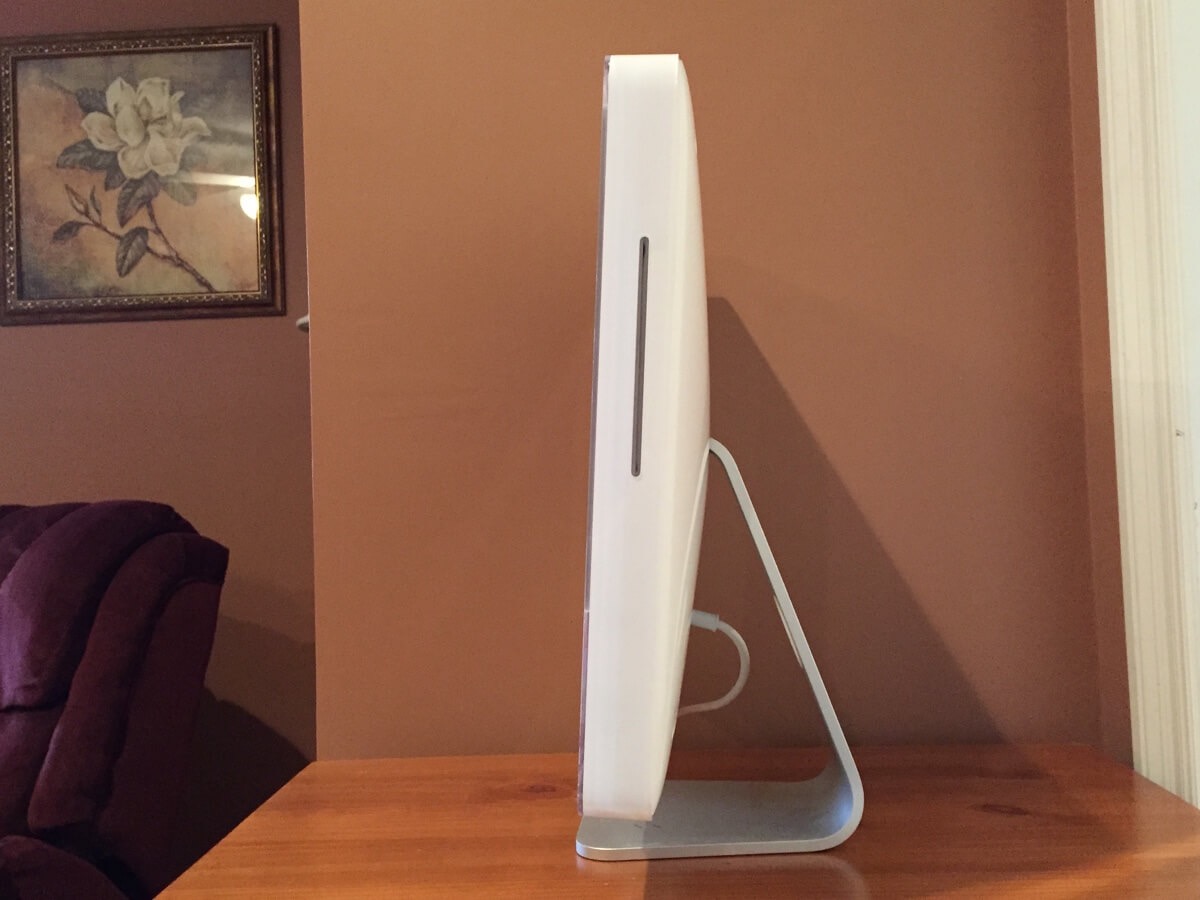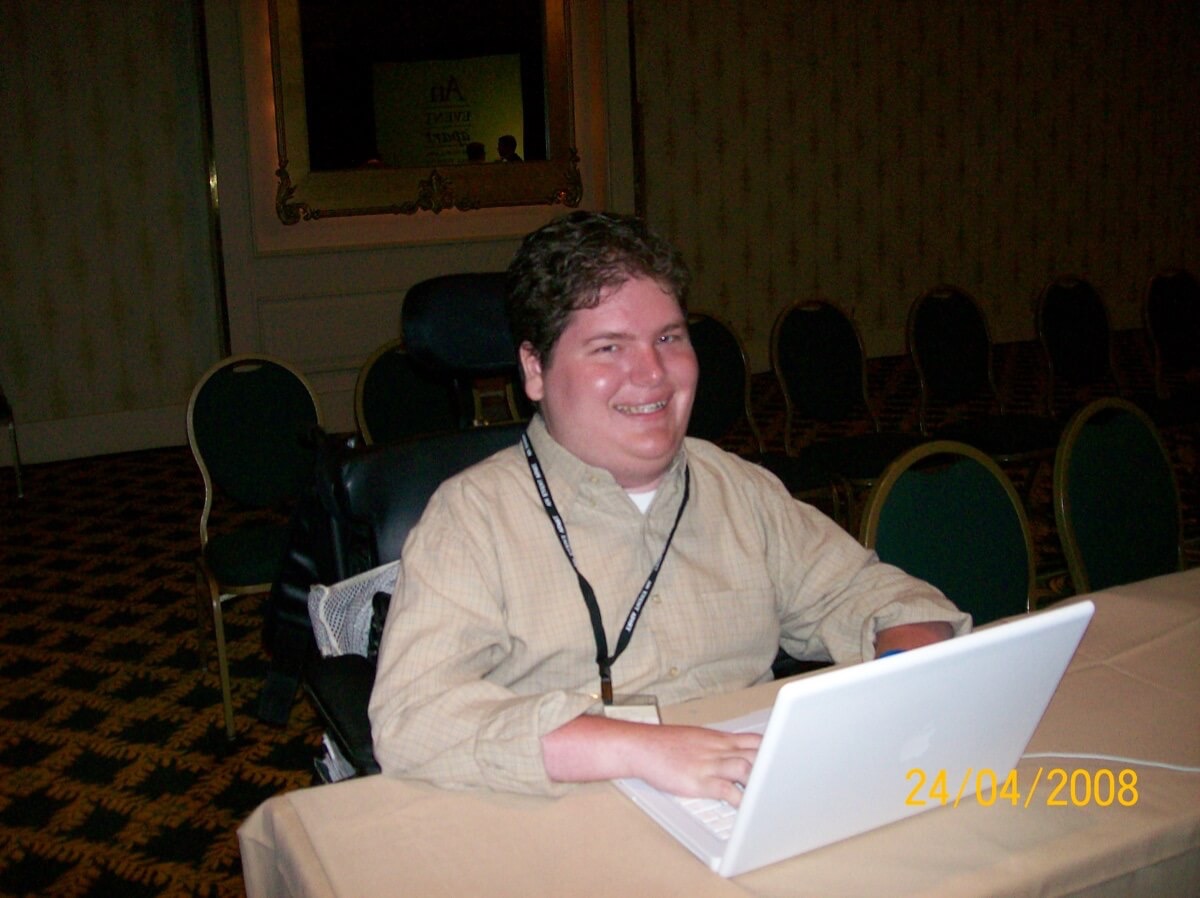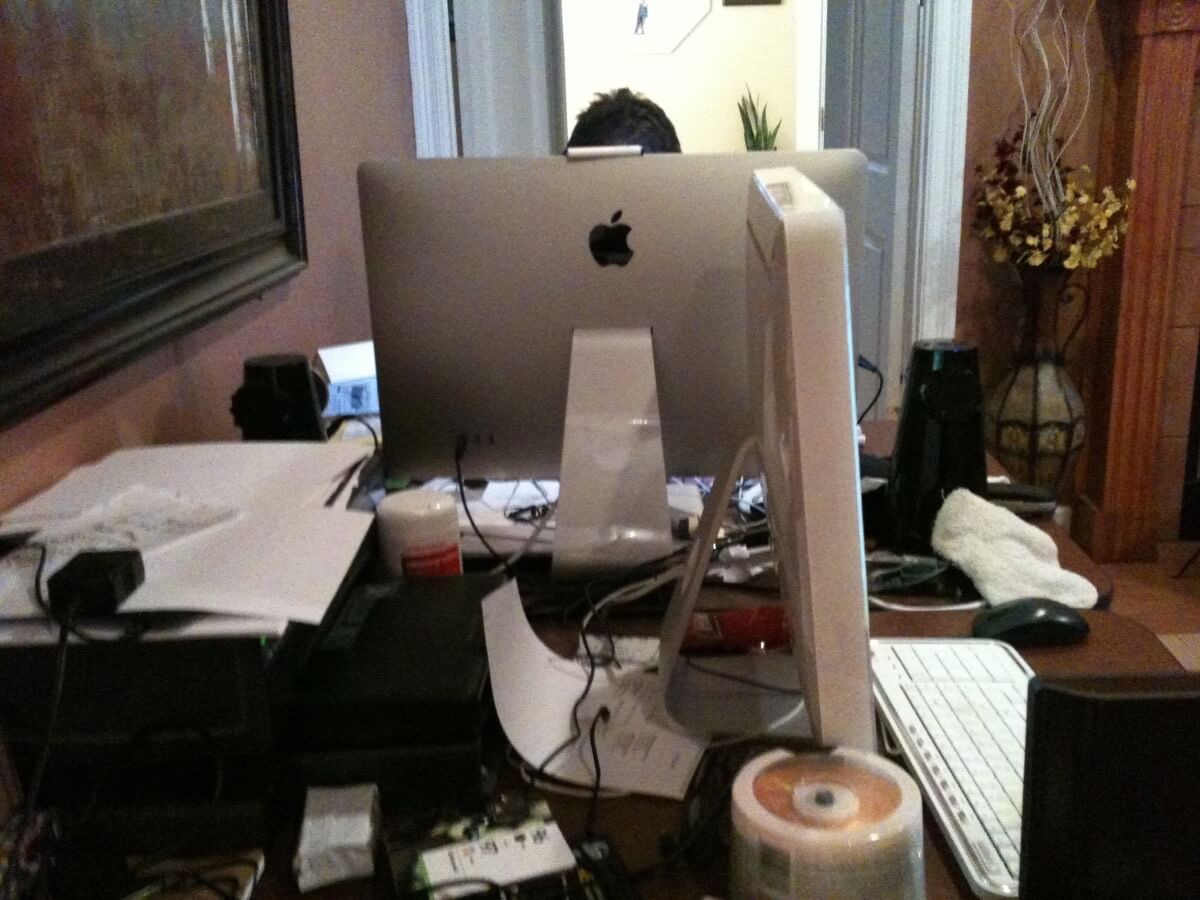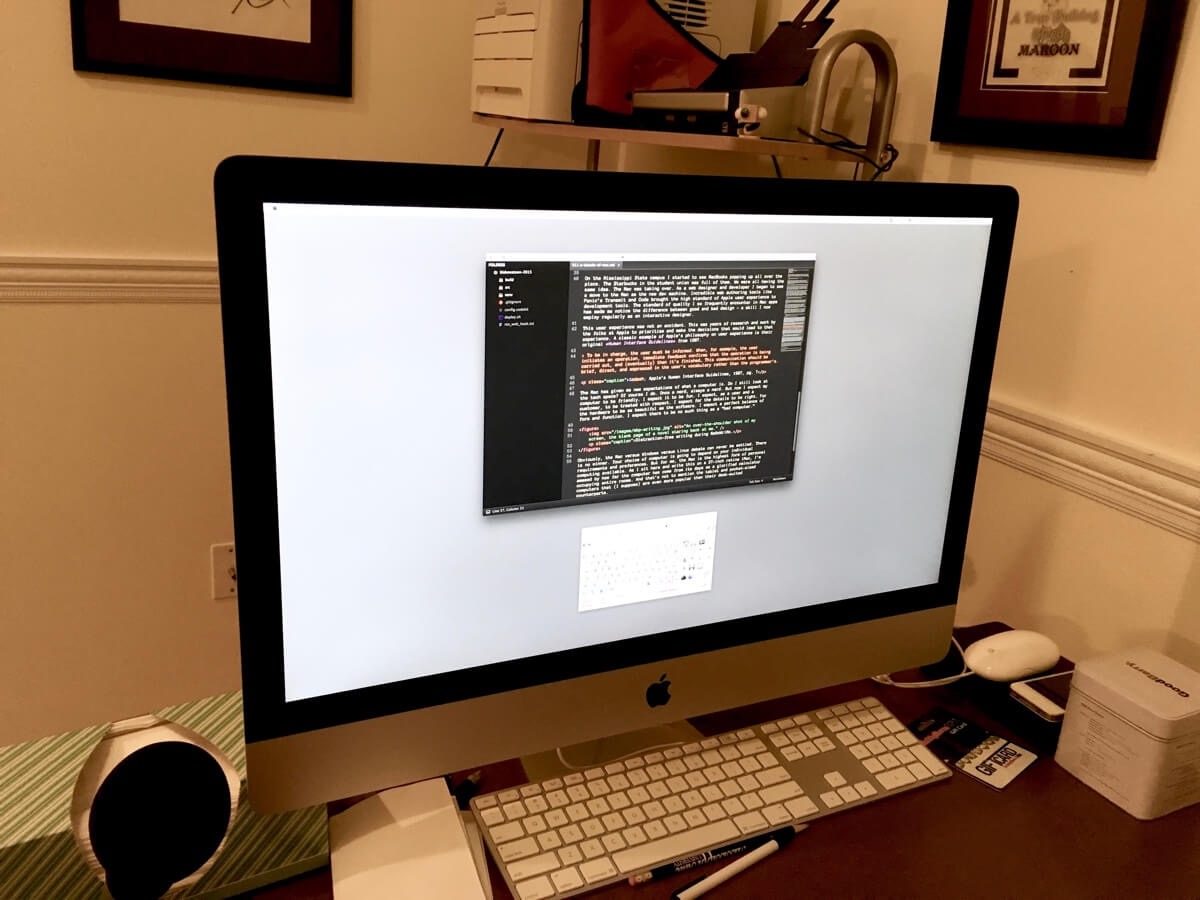A decade of Mac
In 2006 I switched to the Mac after being a Windows user for about 10 years. December this year marks my 10-year anniversary as a Mac user. When I realized that, it got me to thinking about what it is that I have loved so much about the Mac, and why I’m still just as excited about it now as I was on the day I switched.

But to talk about my decade with Mac requires a look back at my decade of PCs.[1] Like many people my age I was a kid when my family got its first personal computer. It was a classic beige behemoth with a weighty CRT monitor and the computing power of a cheap flip phone.[2] And it was spectacular. I spent hours just playing with the stuff on the Windows 95 disk – you know, the one that had that Weezer music video on it.
It wasn’t long before we got America Online and experienced the Internet for the very first time. After that, I went through a series of desktops and then laptops.
The worst one I had was a Gateway laptop that came with the worst operating system in the history of operating systems: Windows ME. It was the most unreliable computer I’ve ever had. Luckily, I was able to get a pretty good Dell laptop for college. That’s when the seed was planted. It had not been long since I bought this little MP3 player. The one that could “fit a thousand songs in your pocket.” The one with the click wheel. The Apple iPod.
After my web browser (Firefox at the time), my favorite program on my computer was the one made by Apple: iTunes. I used it to manage my iPod of course but I also used it regularly to listen to music on my computer. I was fascinated by its ease-of-use and its stability. It was just nice. It’s easy to take that for granted now, in a world of well-designed apps for an array of various devices. But at the time my expectations of what it meant for a program to be “nice” was established entirely by programs like Microsoft Word, EditPad Pro, and Macromedia Fireworks. I’m not even saying these programs are bad (Winamp was awesome), just that they worked under a different philosophy of user experience.

The thing about PCs was that it seemed you needed to be tech savvy in order to do anything cool with them. Even when purchasing one, you needed to know all about computer specs to make sure you got something good and you weren’t paying too much. For people like me – people who enjoy tinkering and figuring things out – that was fine, even fun. But for a lot of people, dealing with a crappy PC was a crappy time.
So when it came time to upgrade my computer for grad school, I decided just for kicks to take a look at Apple. Coming from the PC world my instinct was to go straight to the tech specs and start crunching the numbers to analyze the bang-to-buck ratio. But Apple’s marketing folks are good at their jobs and I started realizing that a computer was more than the sum of its parts – it’s about what you can do with it and the experience that you have while using it. More and more I became convinced that I wanted to try the Mac.
In December 2006 I booted up for the very first time my 20-inch Apple iMac running Mac OS X Tiger. It took me about two weeks to get use to just moving around the system and doing basic tasks. But once I got the hang of it I realized that the effort was really in unlearning the bad habits from my PC days. I realized that the Mac was easier. The Apple-made apps that came with the Mac are powerful and gorgeous. My creativity exploded as I began using the iLife suite and stunning third-party apps to make art of all kinds – musical, visual, and written.

On the Mississippi State campus I started to see MacBooks popping up all over the place. The Starbucks in the student union was full of them. We were all having the same idea. The Mac was taking over. As a web designer and developer I began to see a move to the Mac as the new dev machine. Incredible web authoring tools like Panic’s Transmit and Coda brought the high standard of Apple user experience to development tools. The standard of quality I so frequently encounter in Mac apps has made me notice the difference between good and bad design - a skill I now employ regularly as an interactive designer.
This user experience was not an accident. This was years of research and work by the folks at Apple to prioritize and make the decisions that would lead to that experience. A classic example of Apple’s philosophy on user experience is their original Human Interface Guidelines from 1987.
To be in charge, the user must be informed. When, for example, the user initiates an operation, immediate feedback confirms that the operation is being carried out, and (eventually) then it’s finished… This communication should be brief, direct, and expressed in the user’s vocabulary rather than the programmer’s.
— Apple’s Human Interface Guidelines, 1987, pg. 7
The Mac has given me new expectations of what a computer is. Do I still look at the tech specs? Of course I do. Once a nerd, always a nerd. But now I expect my computer to be friendly. I expect it to be fun. I expect, as a user and a customer, to be treated with respect. I expect for the details to be right. For the hardware to be as beautiful as the software. I expect a perfect balance of form and function. I expect there to be no such thing as a “bad computer.”

Obviously, the Mac versus Windows versus Linux debate can never be settled. There is no winner. Your choice of computer is going to depend on your individual requirements and preferences. But for me, the Mac is the highest form of personal computing available. As I sit here and write this on a 27-inch retina iMac, I’m amazed by how far the computer has come from its days as a glorified calculator occupying entire rooms. And that’s not to mention the tablet and pocket-sized computers that (I suppose) are even more popular than their desk-suited counterparts.
Despite frequent claims that mobile devices are going to kill the computer as we know it, that iPhones and iPads will kill the Mac, I’m excited for the future of the Mac. I think it’s going to continue to carve itself out a place for power users and people who use it to get stuff done — whether work or play. Despite Windows’ recent improvements (and Ubuntu in the Linux world) I haven’t seen a machine I would rather use than the Mac. And I suspect it’s going to be that way for a long time.
My decade of Mac saw many historic moments, a few of which include the iPhone launch, the iPad launch, and the death of Steve Jobs. It saw the switch to Intel, the introduction of the App Stores, the birth of retina. It saw my first novel draft and my first paying website gig. It’s been a wild, weird ten years for me and my Mac, but I wouldn’t trade them for anything.
Here’s to the next ten.

